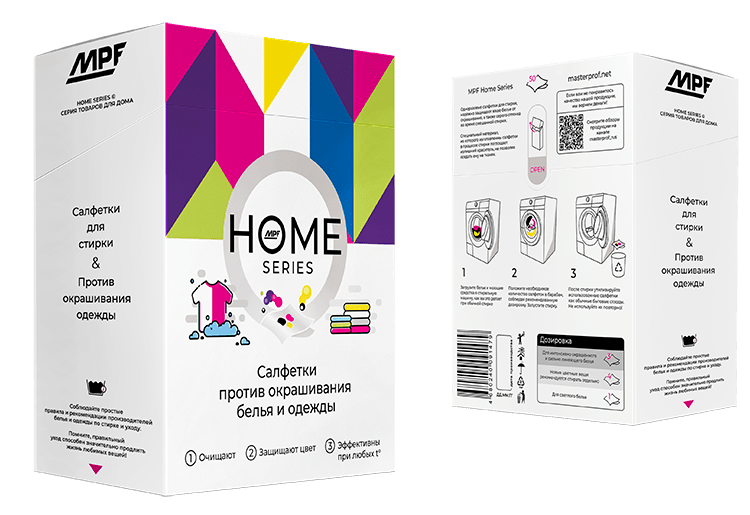A mesh tap head is a spout screw-on nozzle which dissects the water flow into many small ones and "aerates" it, that is, saturates the water with air bubbles, thereby creating a soft uniform jet without splashes. Mesh tap heads get clogged over time and require cleaning or replacement, but before that they must be properly unscrewed without damaging their shiny chrome surfaces. There are several ways to do this, yet the best option is to use a special wrench suitable for mesh tap heads.
In this article, we will talk about various types of mesh tap heads as well as give you some hints and tips on replacing and cleaning them so that you could maintain your mixer tap in tip-top condition by yourself and enjoy its smooth operation.
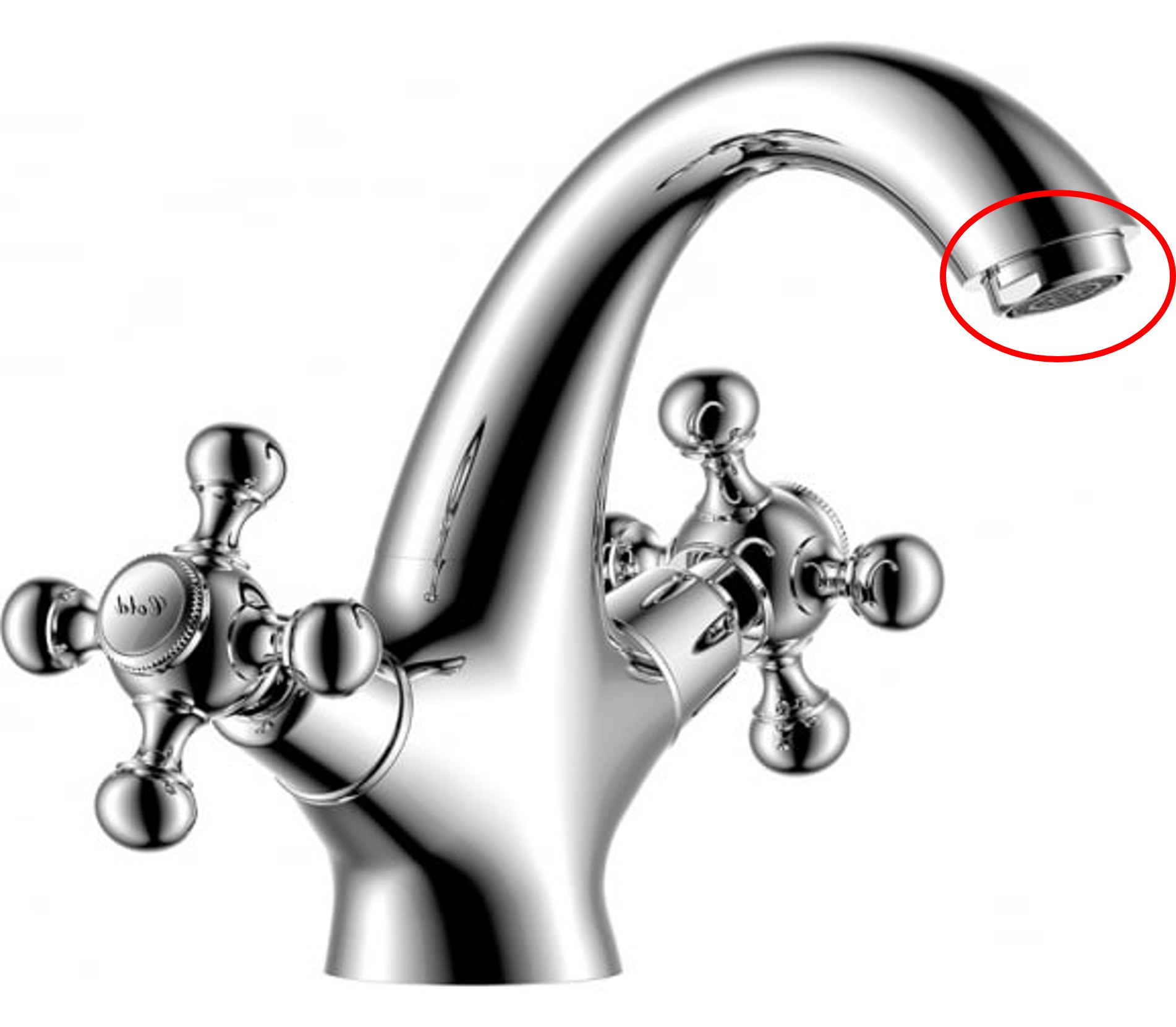
Mesh tap heads and their functions
A mesh tap head is an integral part of modern mixer taps, fixed at the outlet of the spout and usually consisting of the following components:
- The shell (in external mesh tap heads) is the outer part of the housing, which is most often made of metal or plastic with a special shiny metal coating (all elements of the mixer tap are typically covered with chrome);
- The housing is a polymer inner housing that accommodates meshes and has a special design for saturating water with air;
- Meshes are made of plastic or metal and installed at a short distance from each other; meshes are multifunctional. They divide the inner part of the housing into several chambers, wherein a single water stream is sequentially dissected into numerous jets and water is saturated with air. In addition, the very first mesh detains the coarse foreign matter that tap water may contain;
- The sealing element is a rubber gasket that serves to seal the joint and prevent leaks (this gasket can also come with a stainless steel metal mesh that prevents debris from entering the mesh tap head and thus extends its service life).
The operation principle of the tap head can be described as follows: the flow of water passing down the spout enters the mesh tap head, passes through the first mesh element (where it is cleaned of coarse debris) and enters the mixing chamber. In the mixing chamber, water is mixed with air, which results in a primary foamed water flow entering the next mesh. Then, after the primary foamed water flow successively passes through several meshes, large air bubbles are further broken into smaller ones and further mixed with water so that we get a jet of water evenly enriched with air at the mesh tap head outlet.
The main advantage of water aeration is water saving. By increasing the jet volume with air, it is possible to reduce the flow rate by 1.5-2 times, depending on the specific model of the mixer tap and the mesh tap head attached thereon (the water flow in a conventional tap without a mesh tap head is 15-17 L/min, while with it – almost half as much). This makes the water head strong and uniform, reduces the splashing and noise of water, and the jet itself becomes softer to the touch. On top of that, mixing water with air accelerates chlorine weathering, while the mesh structure of the piece also serves as a simple filter, trapping debris and solid particles.
Types of mesh tap heads
All existing models of mesh tap heads can be conventionally divided into two main types – embedded and external:
- External mesh tap heads are the most common models coming in the design described above. These consist of a shell (an outer housing, most often made of metal) with an internal or external thread and a shaped internal plastic housing. The mesh tap head is screwed onto the spout and often comes with wrench pickups;
- Embedded or internal mesh tap heads have no shell. The thread is cut directly on the mesh tap head's plastic housing so that it is screwed into the spout and is almost invisible and suitable for any tap designs.
What is more, the modern plumbing market offers bending mesh tap heads, identifiable by the presence of a hinged or flexible mechanism that allows bending either the mesh tap head itself or the meshes, thereby guiding the water flow in the required direction. There are also mesh tap head models with LED lights. Depending on the water temperature measured by a temperature sensor, the jet shifts between colors – cold water is blue, hot water is red, warm water is green.

Design features of mesh tap heads
When choosing a suitable mesh tap head (for example, if the factory-installed one has worn out and needs to be replaced), it is important to pay attention to what materials it is made of. The shell (the outer housing) can be made of brass, bronze, pressed metal or plastic. Its main functions include:
- Decoration. Since the mesh tap head is located on the visible part of the spout and catches the eye, it should be beautiful, shiny, have no scratches or chips, or, at least, be nearly invisible;
- Reliable fastening of the meshed plastic housing on the spout using threads.
Therefore, it is best to choose mesh tap heads with a metal shell (metal in this case is more durable than plastic) evenly coated with a decorative finish.
In addition, it is also important to understand what the mesh tap head's internal components consist of, in particular, the material of the meshes.
Basically, mesh tap heads come with metal, plastic and ceramic mesh elements:
- Metal elements become clogged faster than the rest two types since the mesh has small cells and retains suspended particles and coarse debris. These require more frequent replacement or cleaning, so they may be inferior in usability to other types;
- Plastic elements become clogged not as fast as metal ones. They are quite cheap and easy to clean and can be the best and common option, but in any case, they will require replacement sooner or later (because of clogging);
- Ceramic elements can serve for a very long time, with little to no clogging, and do not lose in performance over time, yet they are very expensive due to the specifics of manufacturing processes.
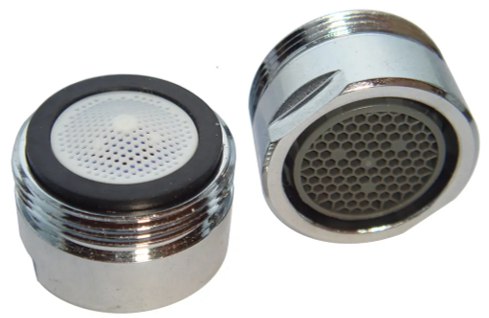
How to unscrew a mesh tap head
Nowadays, a wide variety of mixer taps are available in the market, and each of them comes with a mesh tap head. There are numerous modifications, each requiring regular maintenance, since they eventually become clogged with insoluble particles tap water may contain or with limescale deposits formed in scale-producing water. That is why many manufacturers recommend unscrewing the mesh tap head at least once every six months and cleaning it from accumulated dirt, and in case of severe wear, replacing it with a new one.
Below are some options of removing mesh tap heads from mixer taps:
- Manually, using a piece of cloth (but this works only for mesh tap heads with a shell, as they protrude from the spout far enough to be grasped, and thread sticking is not the case);
- With a wrench or pliers (again, the method is suitable only for mesh tap heads with a shell and you need to understand that with pliers there is a chance to damage their decorative coating);
- Using a special mesh tap head wrench (O-type).
Since mesh tap heads are screwed onto spouts, it is not necessary to exert too much effort when unscrewing them. To remove the mesh tap head, you can use the power of your own fingers and unscrew the piece while holding it with a rag for convenience. As mentioned above, this method is suitable only if the mesh tap head with a shell is installed on the spout, and it protrudes from the spout far enough to be grasped. Besides, this method is most likely not an option if the mixer tap has been used for a long time and the mesh tap head has never been serviced. The thread connecting the mesh tap head and the spout becomes scaly over time and the mesh tap head gets stuck. Most probably, you will not be able to unscrew it manually.
Another way is to unscrew mesh tap heads with a wrench. Most mesh tap heads with a shell come with special pickups, which make it possible to clamp the shell between the jaws of an adjustable wrench. Position the jaws on the pickups and turn the wrench counterclockwise until it becomes possible to unscrew the mesh tap head by hand. This method is good because it allows loosening the mesh tap head even with scaly threads. However, it also has disadvantages, in particular, despite the fact that most mesh tap heads have wrench pickups, there is still a risk of damaging their decorative coating. As long as you choose this option, it is highly important to protect the mesh tap head's decorative coating. For this purpose, the jaws are usually wrapped in, for instance, insulating tape. As to using pliers to unscrew mesh tap heads, it is better not to use them at all. This tool has rather sharp teeth on its nose part, which, despite all of your efforts, can easily damage the mesh tap head's decorative coating. Further, this method is suitable only for mesh tap heads with a shell, while today manufacturers are increasingly switching to embedded mesh tap heads, non-accessible to neither a wrench nor pliers.
So, using O-type wrenches to remove and install mesh tap heads is therefore the handiest and most effective option. Such wrenches are made of solid polymers that exclude any damage to decorative coatings and come in sizes suitable for various models. With a properly selected special wrench, unscrewing mesh tap heads is a piece of cake. You just need to throw the wrench on the mesh tap head and keep turning it counterclockwise until it is completely unscrewed. Mesh tap head wrenches are available with one, two or more O's (eye-type connectors). The more O's the wrench has, the more universal this tool is. An average apartment has at least 2 to 3 mixer taps, each equipped with a mesh tap head that requires maintenance. Kitchen, sink, and bath mesh tap heads differ in type and size. Users are always caught between buying two or three different wrenches and buying one universal wrench with several O's.

Mesh tap head wrench
Numerous types of wrenches for mesh tap head mounting and dismantling are available in the market today. In most cases, these are inexpensive polymer tools with one and less often two or three standard O's. Some universal models have more than 5 O's suitable for mesh tap heads of different diameters, but their cost sometimes makes you start having doubts about whether you need them at all.
A mess with diameters is the main problem people face when choosing the right wrench. On the one hand, polymer wrenches with one or two standard sizes of the O-part are cheap and, for this reason, highly-demanded. On the other hand, you can buy such a wrench only if you know the exact size of your mesh tap head. Otherwise, you will have to waste your time or lose money trying to exchange it for the proper one. Given that private households usually have at least two or three mixer taps, the best option is having a universal mesh tap head wrench supporting the most common sizes. Until recently, it was very difficult to find such a tool in the market at a price lower than RUB 2,000. So, people used to choose cheaper solutions.
The situation changed when in 2023 MasterProf developed and launched a branded universal wrench for mesh tap heads. It is made of a durable polymer that combines wear resistance and durability and is excellent for careful work with chrome coatings. It leaves no scratches, scuffs, or other mechanical damage when you unscrew and tighten the mesh tap head.
The main advantage of the MASTERPROF universal wrench is the 7 most popular O's corresponding to the following types of mesh tap heads:
- External М24;
- External М28;
- Embedded Ø16.5 mm, 8 teeth;
- Embedded Ø18.5 mm, 8 teeth;
- Embedded Ø21 mm, 8 teeth;
- Embedded Ø23.5 mm, 6 teeth;
- Embedded, snake eye.
The mesh tap head wrench was designed, developed and tested by MasterProf, using the company's in-house facilities in St. Petersburg, Russia.
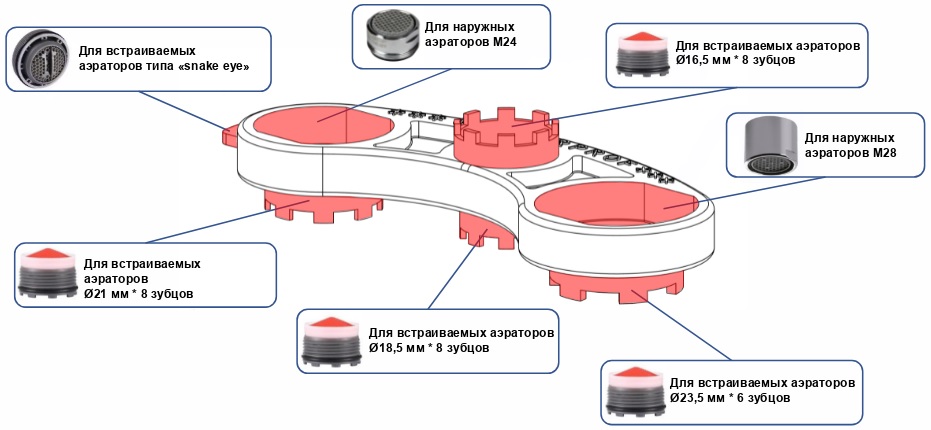
|
Для встраиваемых аэраторов типа «snake eye» |
Embedded, snake eye |
|
Для наружных аэраторов М24 |
External М24 |
|
Для встраиваемых аэраторов Ø16,5 мм, 8 зубцов |
Embedded Ø16.5 mm, 8 teeth |
|
Для наружных аэраторов М28 |
External М28 |
|
Для встраиваемых аэраторов Ø21 мм, 8 зубцов |
Embedded Ø21 mm, 8 teeth |
|
Для встраиваемых аэраторов Ø18,5 мм, 8 зубцов |
Embedded Ø18.5 mm, 8 teeth |
|
Для встраиваемых аэраторов Ø13,5 мм, 6 зубцов |
Embedded Ø16.5 mm, 6 teeth |
Cleaning tap head meshes from dirt and rust
All mesh tap heads require regular removal from the mixer tap and cleaning, otherwise foreign particles contained in tap water accumulate on meshes, thus impairing their performance. The signs that your mesh tap head is clogged and needs some service are as follows: the mixer tap produces the low head, the jet deviates to the side and splashes or may be unevenly distributed around the mesh tap head perimeter.
To clean the mesh tap head from dirt and rust, we recommend to:
- Unscrew the mesh tap head and remove it from the spout;
- Rinse it on both sides with running water to remove coarse debris;
- Put it in a metal cup and fill the cup with water so that it covers the mesh tap head completely;
- Add citric acid (one teaspoon per half cup of water) and heat the metal cup;
- Wait about 5-10 minutes until the bubbling reaction is over, take the mesh tap head out and check if it still clogged. If necessary, remove the remaining solid particles from the mesh with a nylon brush or an old toothbrush.
Limescale deposits can be removed not only with citric acid, but also with other cleaning agents, for example, vinegar or hydrochloric acid solution, or special descaling and antirust agents.
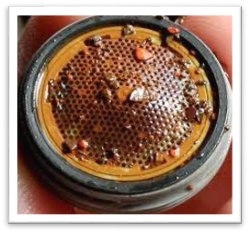
Mesh tap head manufacturer
MasterProf is a reliable manufacturer and supplier of plumbing products, with more than 10 years of experience in the plumbing market. All our products undergo a five-stage quality check and are tested under actual usage conditions before hitting store shelves. Our production facilities are based in St. Petersburg. We used cutting-edge equipment to design and produce a universal wrench for mesh tap heads. We chose a durable wear-resistant polymer as the manufacturing material to ensure that the product will not only last a long time without loss of performance but also will not damage the fragile chrome coating of plumbing parts. This small tool will come in handy to every household as it has the 7 most popular O's (eye-type connectors) for different types of mesh tap heads and its low cost will appeal to every user who wants to save some money.
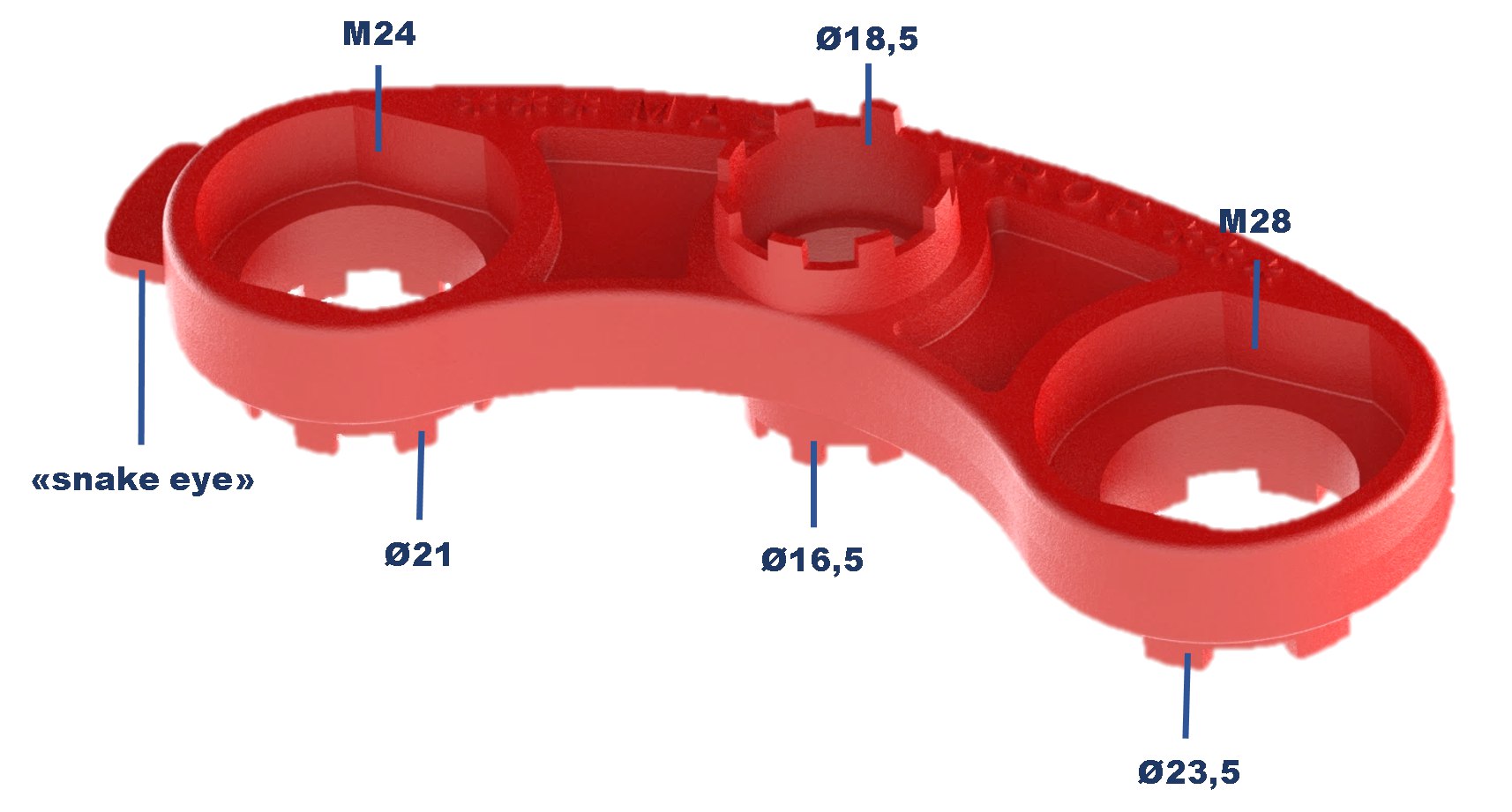
Summary
A mesh tap head wrench is a very useful tool for every household. It will never get dusty and will allow you to service your kitchen and bath mixer taps in a quick, easy and delicate manner. Remove your mesh tap heads and check them for dirt or wear at least once every six months or more often if water pipes in your house are old and you do not use prefilters.

